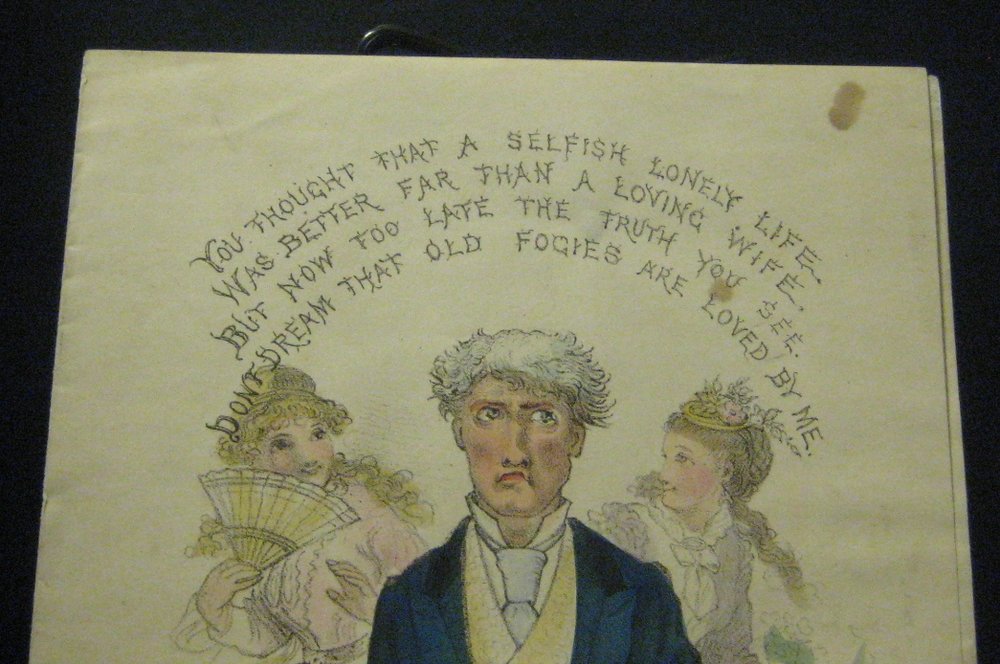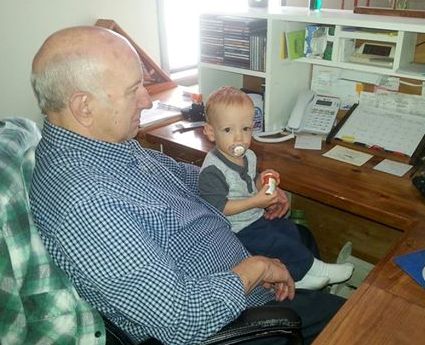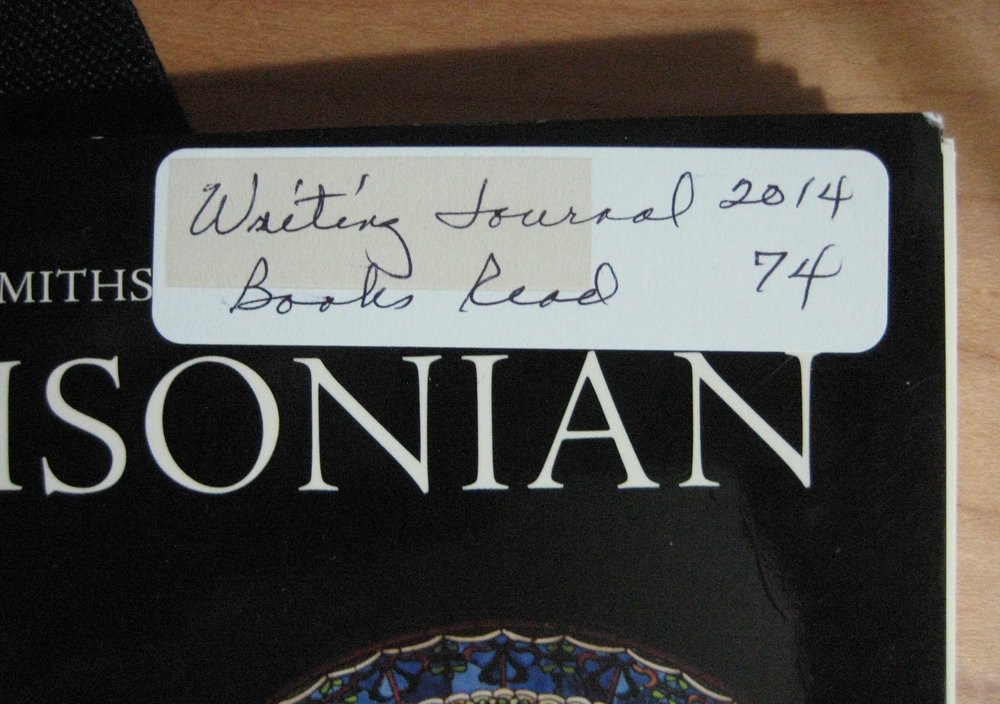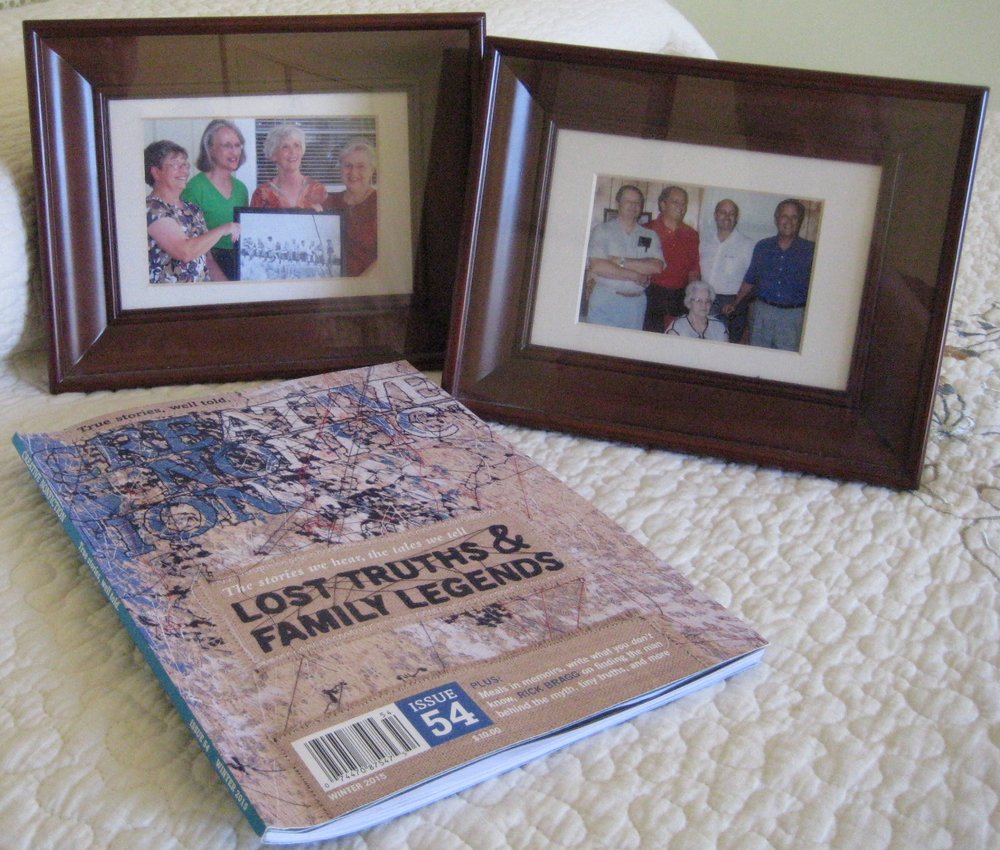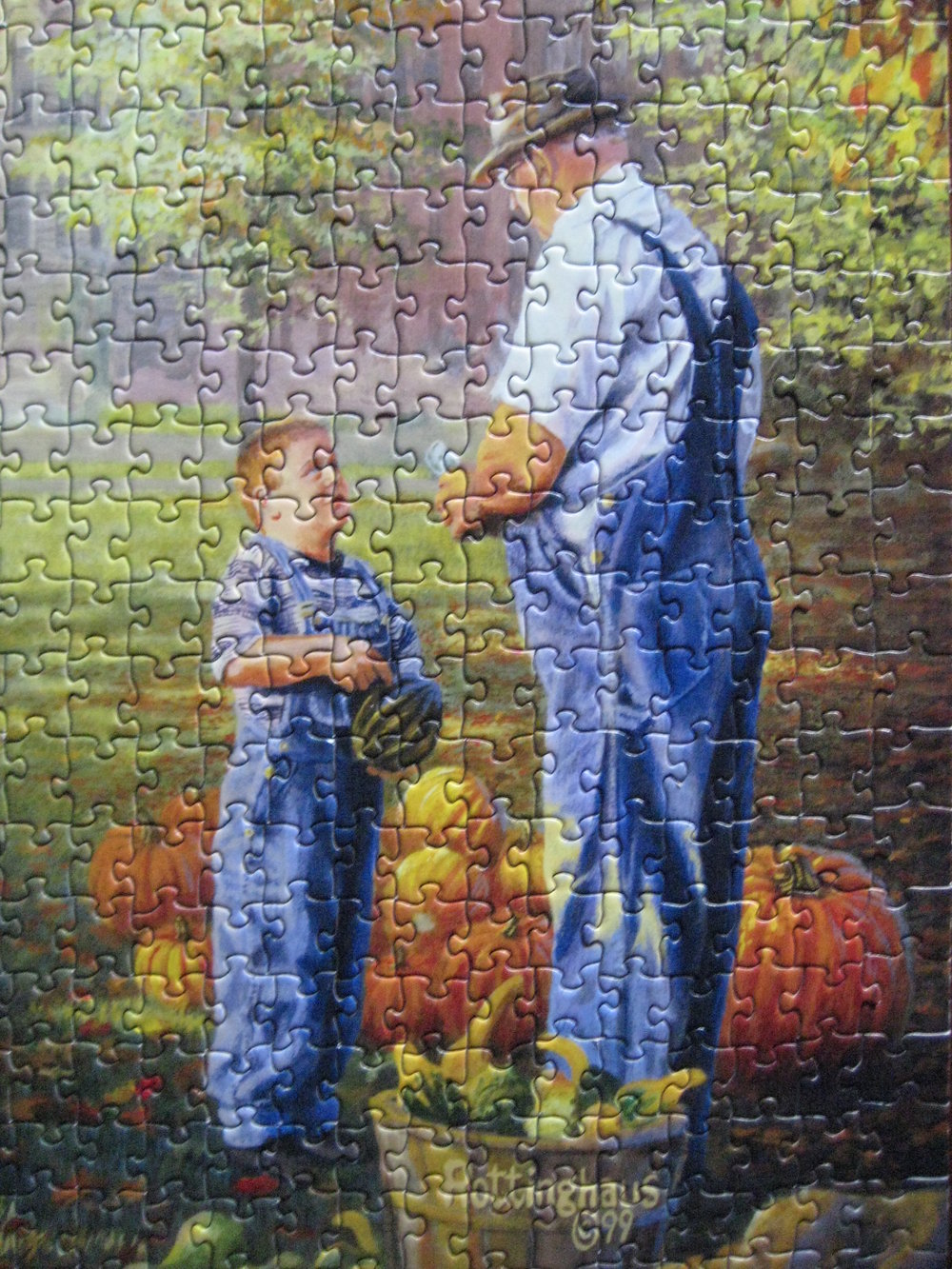 No book is for everyone – a piece of advice that editors sometimes give to writers who are trying to get their books published. What editors want to know in the query letter is who they can expect to get excited about reading their proposed book.
No book is for everyone – a piece of advice that editors sometimes give to writers who are trying to get their books published. What editors want to know in the query letter is who they can expect to get excited about reading their proposed book.
The Sound of Music Story by Tom Santopietro, to be released on February 17, is a book with a title that probably answers this question. This is a book for fans of the movie – and really big fans, at that. The book begins with a look at the original von Trapp family and the original German movie versions of their story in Die Trapp-Familie and Die Trapp-Familie in Amerika which had previously been combined into an English version called The Trapp Family in 1961.
The book goes on into the Broadway production, the casting of the characters and discussion of the also-rans, the weather problems in production, the reactions of the original Trapp family to the movie, controversy and panning by the movie critics, the afterwards for all the characters in the movie as well as each of the Trapp family. What is fact and what is fiction is a strong thread in the narrative.
It was a book for me since I had good memories of going with Al to see the original English version of The Trapp Family in the Joy Theater in Pontotoc, Mississippi and a few years later to The Sound of Music in London, England shortly after it came out. I know – go to London and see an American movie – but we were on a short vacation from the Army’s current selection of a home for us in Belgium, and we wanted to see what all the hoopla was about.
The first movie had more traditional folk music and none of Rodgers and Hammerstein, but much more of the Trapp story after they escaped. In fact, I found myself just a bit disappointed the first time I saw the second movie end with the escape. The second became a family favorite and one I continue to watch even without children.
If you like The Sound of Music and want every detail of the real and the make believe, this book is for you. If you don’t necessarily want to see every facet of the story, you can skim and skip through parts and still enjoy it. If you don’t like The Sound of Music, we may need to talk, but you can skip this book.

